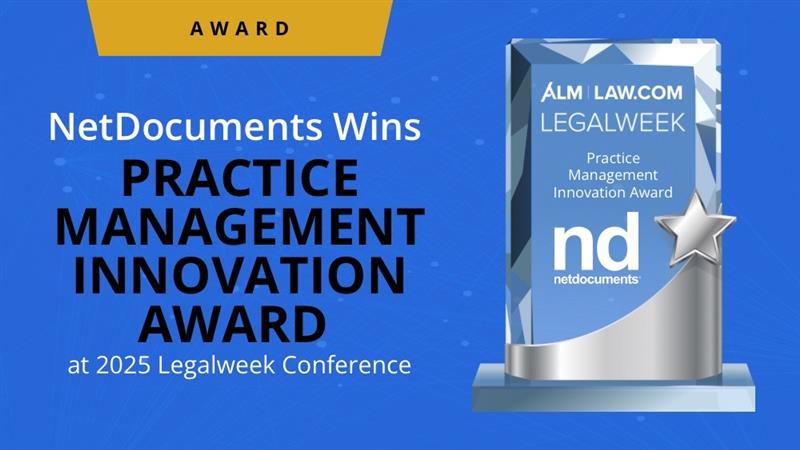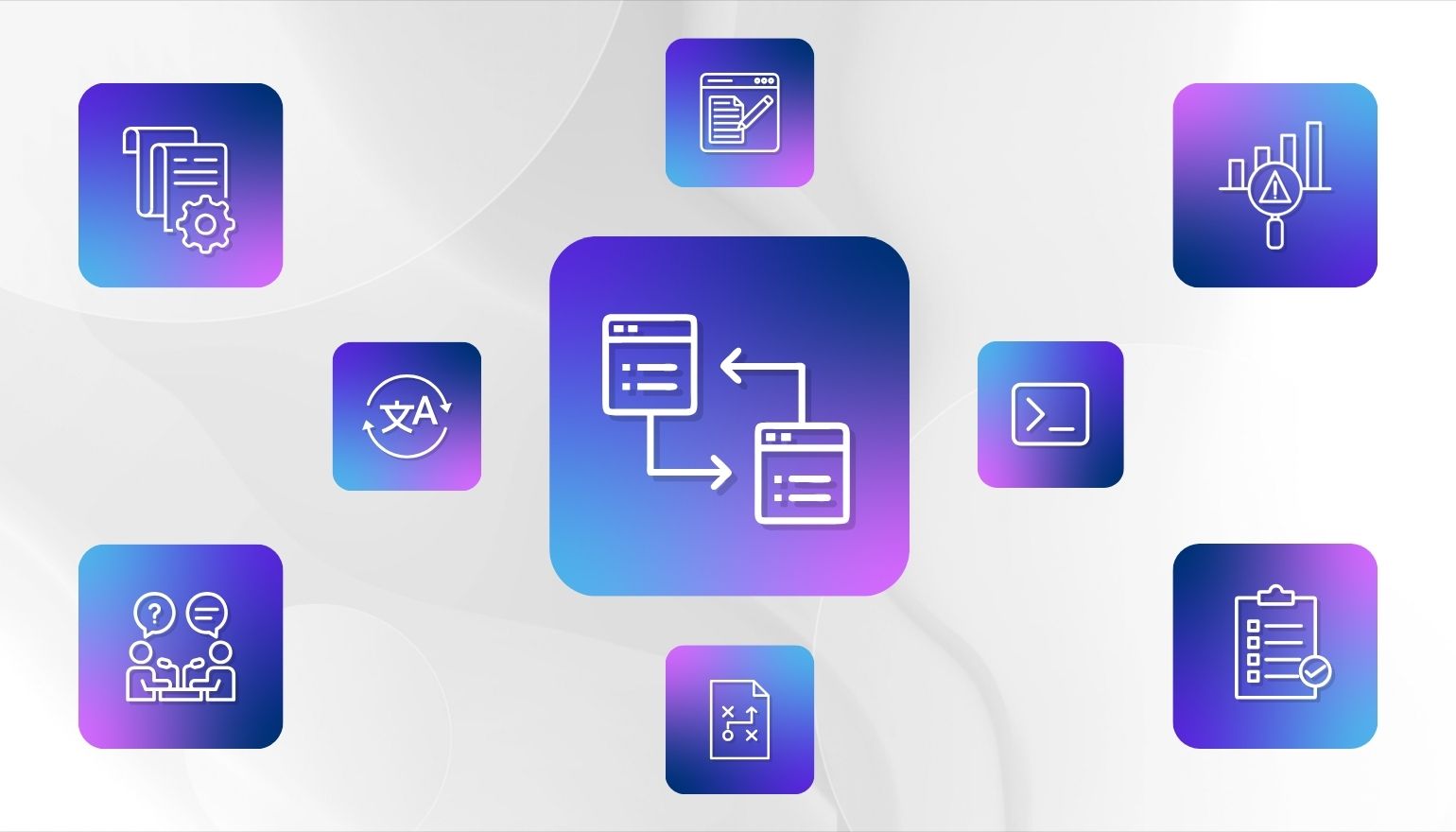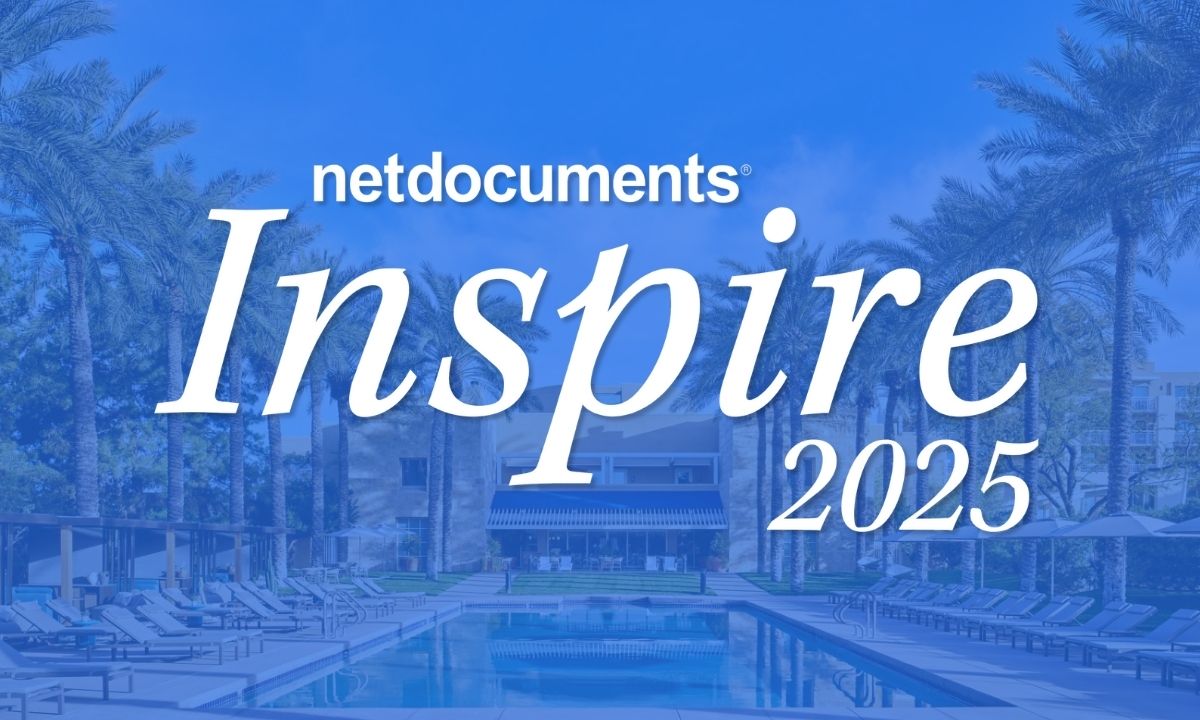
BLOG
Managing Change: How to Develop a Strategy that Works

You only get one chance to make a first impression, so it’s imperative to put your best foot forward when implementing new technology as part of your operational strategy. But even when technology will produce positive outcomes, change and unknowns can be scary for many, leading to resistance and low adoption rates.
Luckily, there is a way to strategically approach organizational change that maintains productivity, while reducing resistance towards new initiatives.
A strong change management strategy builds the foundation for how your team will respond, prepare, and adapt to change. In this article, we’ll discuss how to tackle change management from the perspective of project management to ensure your technology (or any change!) is successful.
Considerations to Develop a Strong Change Management Strategy
Building a change management strategy does not have to be complicated. In reality, the best way to approach change management is by following a few simple steps, including:
- Prepare for the organizational transition with clearly defined goals and objectives.
- Communicate why the change is important, and the expected gains from it.
- Manage expectations through transparency.
- Engage people with the process to create excitement and buy-in for the change(s).
- Encourage flexibility during key transition periods.
- Rely on expertise to design and implement DMS solutions that lead to higher performance.
Let’s explore a few of these steps a level deeper.
Focus on Your Company Culture
To reduce resistance towards new technology, and maximize your investment, it’s important you clearly define the ‘why’ behind the change. To discover your why, consider asking yourself a few questions:
- What challenges does your firm or law department need to resolve?
- What tools or features could quickly improve your teams’ daily working environment?
- What existing processes in place have value, are already working, and are important to continue?
- What are the various day-to-day tasks that are considered a priority within your organization?
- What is your organization open to changing?
- What have you tried that hasn’t worked, and why?
Once you have established your project’s objectives, the best way to prepare employees to embrace change is to transparently communicate the goals, the benefits you are looking for, and the expected impact on individuals.
By communicating what specific problems are being resolved by focusing on the “wins” to be gained from new tech, you help create a positive perception of proposed solutions which ultimately increases user adoption and your ROI.
Focus on Your Message
The key to building an effective communication strategy that manages expectations, delivers practical solutions, and mitigates concerns and uncertainty is to focus on transparency. In order to maintain this focus, follow these three simple steps:
- Routinely revisit the why behind the change, and how it will benefit the organization.
- Manage the pace of change by clearly communicating the timing of upcoming “shifts”, both immediate and incremental.
- Promote internal discussions to understand performance in a new work environment.
Focus On Your People
The next step in your change management strategy should be to define key roles and responsibilities that are focused on avoiding project disengagement. Providing visibility to proposed solutions and encouraging input is an easy way to increase overall project buy-in.
Leadership
Leadership act as the key influencers, actively shaping how the team responds to change. They should be tasked with determining the project’s strategic objectives that meet business needs and will act as a source of encouragement during the project to keep team members involved in the process. Most importantly, they should encourage input from their teams regarding the value of new solutions vs valuable processes already in place. In case it hasn’t been mentioned enough, leadership’s role should be to communicate, communicate, communicate.
Team Members
The best way to design and implement a new technology solution, and create enthusiasm for it, is to foster individual & team accountability. It’s important to encourage feedback on proposed technology to ensure it will be a great match for the people who work in it.
Understanding how individuals and teams work will help you prioritize initiatives including day-to-day processes, preferred workflows, and outlining routine work tasks. One of the easiest (and best) ways to understand the benefits and any potential consequences of proposed changes for your team members is to give them visibility to the process and involve them in the decision-making.
Technology and Implementation Partner
Your implementation partner should act as your change management agent, providing consultation on your overall project management planning while giving project support and outlining important technical considerations.
Most importantly – they should work with you to support your efforts to drive compliance and adoption.
Selecting, And Implementing, Your Next Document Management System (DMS)
While it’s not easy to deploy or commit to a new process, commitment to a thoughtful change management strategy is the best way to leverage your technology and set your firm or law department up for success. It’s important to select a strategic partner not just for the variety of technical considerations, but also to drive adoption of your new DMS.
At Affinity Consulting, we know the best way to get started is to evaluate your current document management strategy, outline any important technical considerations that could impact your project’s results, and then build on recommendations and proposed solutions.
Setting a strong foundation at the start is the best way to increase your legal professional’s ability to successfully adapt, and use, new technology.
Ready to get started planning your next project? Affinity Consulting can act as your partner to help you accomplish your project objectives, while helping your team adapt quickly to their new technology solutions. Learn more here.
###
Article written by Michelle Willette at Affinity. Michelle focuses on project management and consultative services to develop successful document management implementations. Additionally, she is committed to customer success by acting as a partner and strategic advisor to law firms to develop onboarding initiatives, solutions for any technical and business concerns, and developing customized training curriculums designed to increase user adoption.

Topics
Share
Post Loop Title
-

- Blog
NetDocuments Wins Practice Management Innovation Award at 2025 Legalweek Conference
NetDocuments is proud to announce a new accolade for our intelligent…
-

- Blog
Ready-to-Go AI Apps for Legal Use Cases Available Now in the New ndMAX Studio
Legal professionals are looking for smarter, faster, secure ways to harness…
-

- Blog
AI-Driven Legal Tech Trends for 2025
With 79% of law firm professionals now incorporating AI tools into…
-

- Blog
Convincing Corporate IT That Legal Really Is Different: Making the Case for Corporate Legal Department Software
Explore the unique challenges legal operations leaders face in advocating for…


